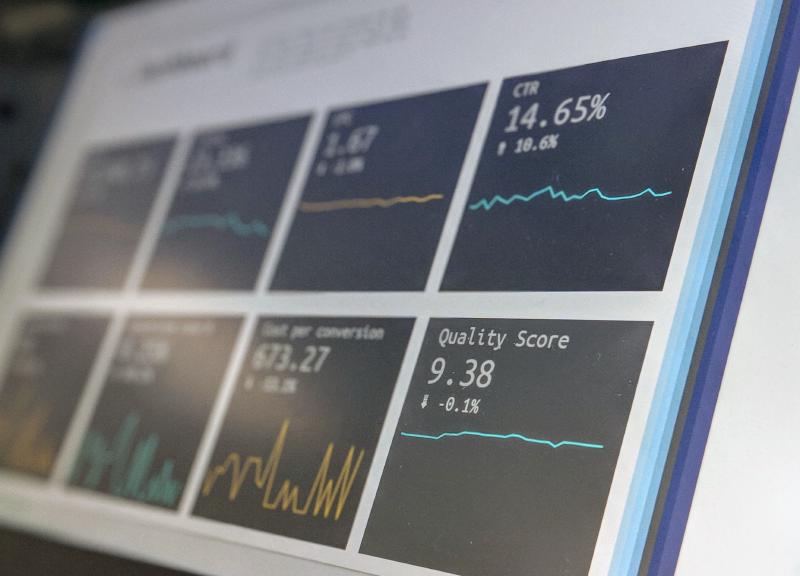Transforming an organisation into a data driven one is a long-standing challenge that we have many tools that are available to make this setup easier. However I feel a lot of these tools require a lot of setup and experimentation before they succeed and even yet they struggle to scratch the surface in some organisations where disparate systems have been helping the organisation run for many decades. Combining these systems is a mammoth challenge and does require a lot of configuration. But in such a disparate setup there are many approaches that have been utilised and discarded and it is a shame that these cannot be reused by other teams.
Imagine Julie who recently joined the Supply Chain department at the acclaimed ACME corporation (BUG: Name of organisation). She is tasked with the project of finding new suppliers for a new product ACME is releasing. Julie would like to do her best at this new role because success at this role could lead to many new exciting opportunities and a promotion. Julie sets out with her colleagues to contact multiple suppliers and during one of the first conversation with Dynamic Systems she realises that the cost projections for a critical component is off by about 20%. Julie immediately flags this with her superiors for review and immediate action but it seems there is not much room for negotiation which means the development team is left with a tough decision either start another review of the pricing which could lead to an unexpected increase of 3 or more months to the development time OR they choose for a lower quality supplier which could lead to additional costs down the line.
Julie discusses this over a coffee with a colleague in the finance team and this colleague mentions that he thinks he has seen Dynamic Systems as a customer of one ACME products. Julie is intrigued she quickly opens up the Data Discover application (BUG: NAME REVIEW) which she was introduced to in the first weeks of her onboarding and she sees there are references to Dynamic Systems in their system however Dynamic Systems seems to work with the Japanese branch of ACME which was why her initial search had not shown her Dynamic Systems as an approved supplier or purchaser.
Julie then decides to set out on her own discovery journey and connects to the secure datasets in the Discovery app with her BI tool for choice. The datasets that she can see surfaces metadata on Dynamic Systems transactions and she quickly pieces together that Dynamic Systems does about 30 big transactions with ACME every year and each of these transactions are in the range of a $1 million - $3 million. Julie then also makes a quick request for the profit ratio metric, Julie just needs to request a unique ID identifying every calculation the information would be used in and after the approval is obtained in a couple of minutes she finds out that the profit ratio has been increasing exponentially on an annual basis which makes her conclude that ACME is making massive savings on the service/component being used by Dynamic Systems. Julie takes this information to her manager who then sets up a meeting with the Japanese branch and within a week they are able to offer 30% discount to Dynamic Systems who in return also offer a 20% discount on the critical component ACME needed for their product.
Such diligent data work and workers are not an exception but are the hallmarks of passionate employees, however such passion gets quashed often under redtape and priorty queues, such an flat Data Discovery Platform can enable the creativity and insight of people who work with the data everyday and can lead to unexpected connections and discovery in the data.
Photo by Stephen Dawson on Unsplash
